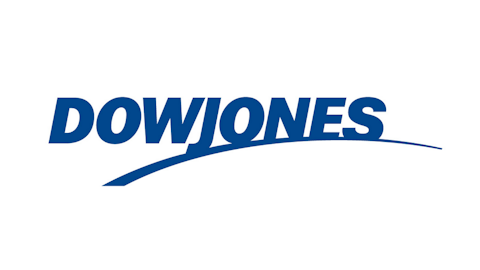
On the other side, those making bets on the $45 billion market cap conglomerate that would be left after the merger invested in Duke Energy. Common fund managers that also invested in Progress were Messner and Englander, with Jim Simons being the heavy hitter, so to speak. Simons owned the most shares of Duke of any firm we track, holding 5.4 million shares in his 13F portfolio.
Progressive Energy was up 9% year to date up to the merger. The company’s shares traded at a premium for some time, and at the time the merger was finalized the company traded at a 34 P/E.
The key benefits of the acquisition will be an expansion of Duke’s operations, which will give the company a dominant presence in the power-hungry Southeastern United States. Additionally, merger savings should prove well for EPS growth. The ultimate synergies are expected to be $300 million in savings for 2014, and should act as a major pillar to support a 4-6% EPS growth over the next two years. Duke is trading at a trailing P/E of 19 and a forward P/E of 14. Year-end EPS is expected to come in down 2.3%, but 2013 growth is expected to be 3.5%.
The Southern Company (NYSE:SO) is currently the next largest competitor for Duke, at a $40 billion market cap. The Southern Company is also on our list of utility stocks to buy for QE3, and trades in line with Duke on a P/E basis (18), and above most of their peers in the regulated electric utilities industry. From an income-standpoint, Southern Company pays a dividend yielding 4.3%, with a payout ratio (76.3%) below that of Duke Energy (90.1%). Next year, analysts are expecting Southern Company to expand its bottom line by 6.4%, giving the company a forward P/E of 16.
Other key companies that the Duke-Progress combo will be going head to head with are NextEra Energy, Inc. (NYSSE:NEE), Xcel Energy Inc. (NYSE:XEL) and Exelon Corporation (NYSE:EXC). NextEra, the North American electric generating company, trades at a trailing P/E of 14 and a forward P/E of 13. Although the company’s 2Q EPS beat estimates by 9%, its PEG ratio is 2.9, signaling that overvaluation might be in the cards.
Xcel and Exelon’s P/E ratios come in line with those of NextEra’s, and the companies’ trailing and forward ratios also trade in a tight range together. Xcel has a trailing P/E of 15, forward of 15; Exelon has a trailing P/E of 15, forward of 13. Based on the Street’s estimates, neither company appears to be worthy of taking investors from Duke. Xcel is expected to grow next year EPS by 3% but trades at a PEG of 3.1. Exelon’s 2012 EPS, meanwhile, is expected to decline by 30% from last year’s levels.
The historical returns of these three companies have been mixed. Year-to-date performance has NextEra up 13%, Xcel down 1% and Exelon down 19%, while both Southern Company and Duke are down around 3%. Worth noting is the low betas that utilities generally trade with, however, NextEra and Exelon appear to be outliers, as each have a beta of 0.52. This is nearly 60% higher than the industry average.
The question then becomes: which fund managers who invested in Progress may stay invested in Duke? At a beta of 0.32, Duke may take its time to reflect the earnings power and synergistic impacts of the merger, but patient investors will receive a dividend that yields 4.8%; we think the payoff could be worth the wait. Continue reading here for the entire hedge fund industry’s interest in the stock.





